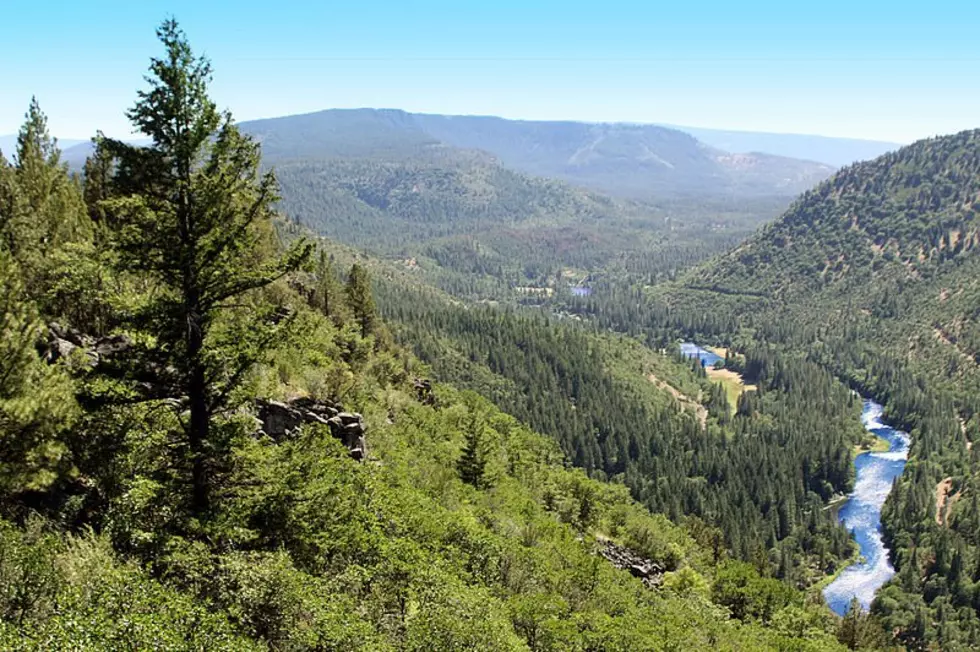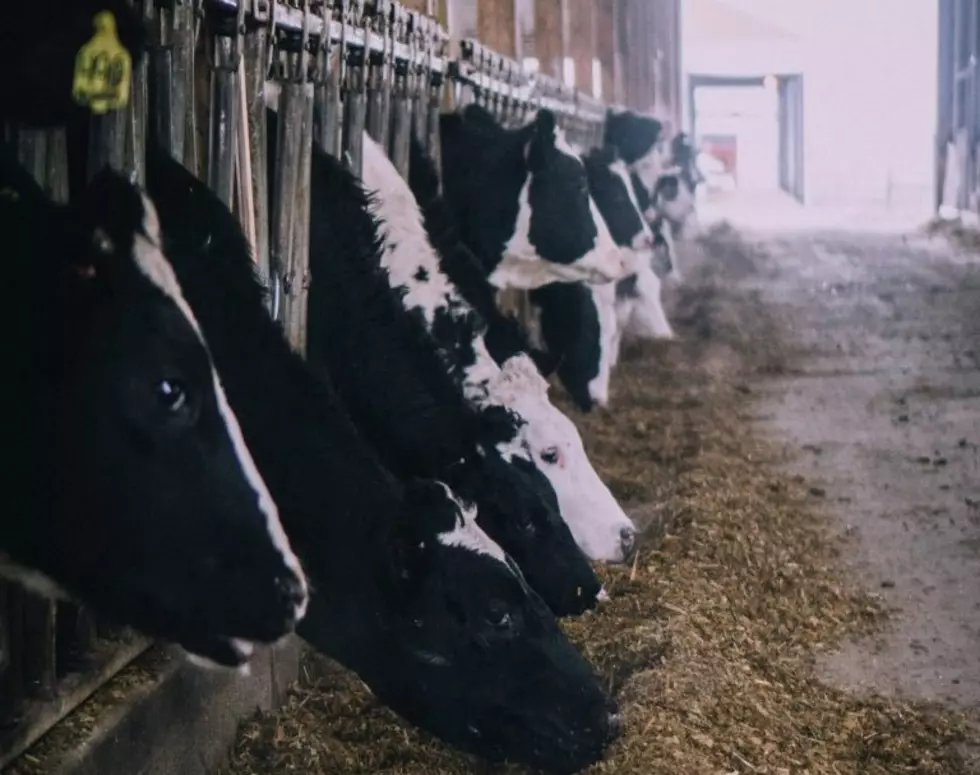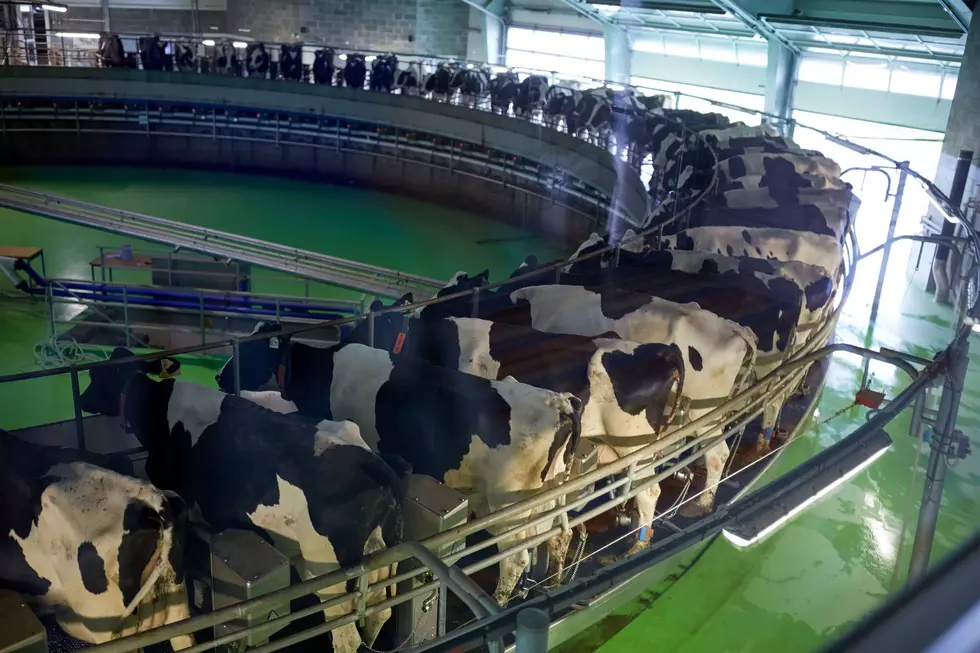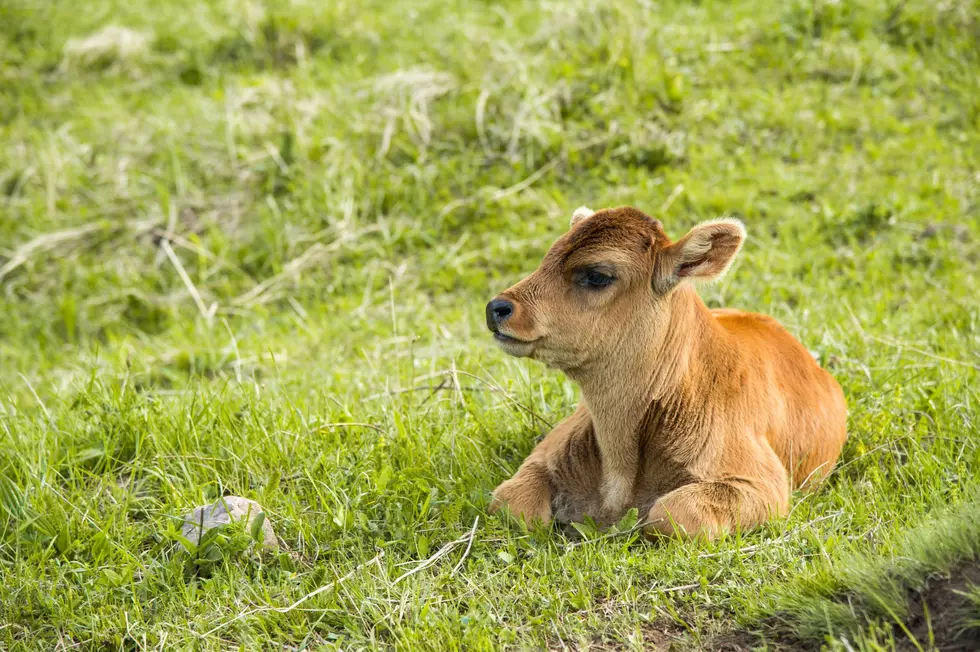
Research Helps Forest Restoration in Oregon
CORVALLIS, OR – Forest thinning is improving the robustness of older trees and enhancing native biodiversity on federal lands in eastern Oregon, evidence that collaborative efforts to restore forests are working, research by Oregon State University shows.
The study led by James Johnston of the OSU College of Forestry involved long-term monitoring and research partnerships between OSU, the U.S. Forest Service and local groups in Oregon’s Blue Mountains.
Published in Forest Ecology and Management, the findings illustrate the collaboration’s success in “securing federal investment and delivering science products that measure forest treatments’ effectiveness,” Johnston said.
“Ecological restoration of seasonally dry, fire-prone forests has been a key goal of Forest Service managers for more than two decades,” he said. “Our study shows that thinning aids in bringing back tree and understory vegetation conditions associated with the ability to bounce back in the face of disturbance. And thinning doesn’t just help managers mitigate fire risk – it restores a range of ecological functions that over time make forests more resilient.”
Johnston and researchers with the Forest Service, Blue Mountains Forest Partners and the Nature Conservancy looked at a 2,900-hectare area in the Malheur National Forest. The ponderosa pine forests of the southern Blue Mountains are a “priority landscape” that receives federal funding under the Forest Service’s Collaborative Forest Landscape Restoration Program.
In 2014 and 2015, the study area was thinned in an effort to increase resilience to fire while facilitating the return of episodic low-severity fire, Johnson said. Fire dynamics in the area, and throughout seasonally dry forests of the interior Pacific Northwest, changed drastically starting in the last decades of the 19th century, he noted.
“The late 1800s and early 1900s were unusually cool and moist,” he said. “On top of that, European settlement changed how Indigenous people used fire on the landscape – i.e., the settlers did not want fire on the land, and early forest rangers aggressively extinguished fire starts in the name of sustained yield timber harvest. Also, there was extensive unregulated grazing that removed the fuel that carried low-severity surface fire.”
By the late 20th century, dense stands and shaded understories were resulting in high-severity wildfire, uncharacteristically severe drought-related mortality and susceptibility to bark beetles. Generally speaking, the forests were no longer nearly as resilient as they were when they had consisted of open stands of widely spaced, shade-intolerant, fire-resistant trees.
In this study, Johnston and collaborators quantified the degree to which thinning can restore resilience by analyzing overstory tree attributes such as radial growth, resin production, abundance of non-structural carbohydrates and leaf area; all of those are associated with resilience.
“We also investigated the responses of understory vegetation – the grasses, forbs and shrubs that influence fire behavior and forest resilience,” he said. “We saw an increase in species richness and diversity within thinned stands three to four years after thinning, which stimulated the growth of vegetation that supports low-intensity fire regimes and is suppressed under a closed-canopy forest.”
The scientists found that tree radial growth was greater in thinned stands beginning three years after thinning, and the abundance of glucose and fructose was lower in treated stands, suggesting trees were using carbon reserves for leaf and wood production.
“And while our study area was not treated with prescribed fire, we see the reintroduction of fire as an important management tool that can restore historical fire regimes and achieve additional management goals,” Johnston said.
Funding for this study was provided by the Forest Service through the Collaborative Forest Landscape Restoration Program, the National Institute of Food and Agriculture, and the Blue Mountain Forest Partners.
Source: Oregon State University
Abandoned Oregon Theme Park: Thrill-Ville USA in Turner, Oregon
More From PNW Ag Network









